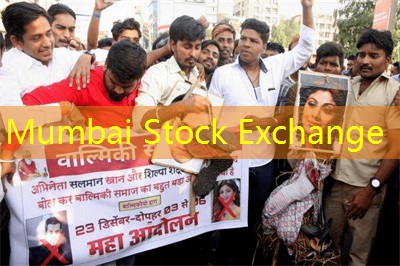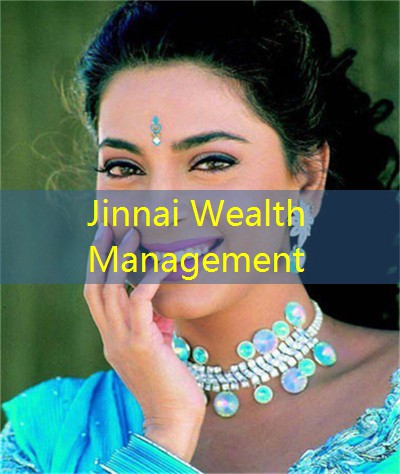
Investors seeking international exposure often turn to American Depositary Receipts (ADRs) as a convenient way to invest in foreign companies. ADR dividends, the payments made to shareholders of these receipts, play a crucial role in the overall return on investment.
Understanding the nuances of ADR dividends is essential for investors aiming to maximize their benefits while navigating potential pitfalls.
ADR dividends are a unique aspect of investing in foreign companies through American Depositary Receipts. These dividends are typically declared in the foreign company’s local currency and then converted into U.S. dollars before being distributed to ADR holders. This conversion process can introduce an element of currency risk, as fluctuations in exchange rates may impact the final dividend amount received by investors.
The frequency and amount of ADR dividends can vary significantly depending on the practices of the issuing foreign company. Some companies may pay dividends quarterly, while others might do so semi-annually or annually. The dividend policy of the foreign company, including its payout ratio and historical dividend growth, can provide valuable insights into the potential income stream for ADR investors.
Another important feature of ADR dividends is the withholding tax imposed by the foreign country. This tax is deducted from the dividend payment before it is converted into U.S. dollars and distributed to ADR holders. The rate of withholding tax can vary widely between countries, and investors should be aware of these rates as they can affect the net dividend income. Some countries have tax treaties with the United States that may reduce the withholding tax rate, providing a more favorable outcome for investors.
Navigating the tax landscape for ADR holders can be complex, given the interplay between U.S. tax regulations and those of the foreign country where the underlying company is based. One of the primary considerations is the foreign withholding tax, which is deducted at the source before dividends are converted to U.S. dollars. This tax can significantly reduce the net income received by investors, making it important to understand the specific rates applicable to each country. For instance, countries like the United Kingdom and Canada have tax treaties with the United States that can lower the withholding tax rate, potentially enhancing the net dividend yield for ADR holders.
Beyond foreign withholding taxes, ADR holders must also consider their U.S. tax obligations. Dividends received from ADRs are generally subject to U.S. federal income tax, and the tax treatment can vary depending on whether the dividends are classified as qualified or non-qualified. Qualified dividends, which meet specific criteria set by the IRS, are taxed at the lower long-term capital gains rate, whereas non-qualified dividends are taxed at the higher ordinary income tax rate. This distinction can have a substantial impact on the after-tax return of an investment in ADRs.
To mitigate the impact of foreign withholding taxes, U.S. investors may be eligible for a foreign tax credit. This credit allows investors to offset the amount of foreign tax paid against their U.S. tax liability, thereby reducing double taxation. However, the process of claiming this credit can be intricate, requiring detailed documentation and adherence to IRS guidelines. Investors often find it beneficial to consult with a tax advisor to navigate these complexities and optimize their tax position.
When investing in ADRs, one of the most significant factors to consider is the impact of currency exchange rates. Since ADR dividends are initially declared in the foreign company’s local currency and then converted into U.S. dollars, fluctuations in exchange rates can have a profound effect on the final dividend amount received by investors. For instance, if the foreign currency strengthens against the U.SNew Delhi Stock Exchange. dollar, the converted dividend amount will be higher, benefiting the investor. Conversely, if the foreign currency weakens, the dividend amount in U.S. dollars will be lower, potentially diminishing the expected returns.
The timing of currency conversion also plays a crucial roleSurat Wealth Management. Exchange rates can be highly volatile, influenced by a myriad of factors including geopolitical events, economic data releases, and central bank policies. Investors need to be aware that the exchange rate at the time of dividend declaration may differ from the rate at the time of conversion and distribution. This discrepancy can introduce an additional layer of uncertainty and risk. Some ADR programs may offer currency hedging options to mitigate this risk, but these come with their own costs and complexities.
Moreover, the choice of currency conversion method can impact the final dividend amount. Banks and financial institutions often use different rates for currency conversion, which may include a spread or fee. This means that the rate applied to convert the foreign currency into U.S. dollars might not be the most favorable one available in the market. Investors should be mindful of these potential costs and consider them when evaluating the overall return on their ADR investments.
The performance of ADRs is intricately linked to the economic and political landscape of the foreign markets in which the underlying companies operate. Economic indicators such as GDP growth, inflation rates, and employment figures can significantly influence investor sentiment and, consequently, the stock prices of these companies. For instance, robust economic growth in a foreign country can lead to higher corporate earnings, which may boost the value of ADRs. Conversely, economic downturns can erode investor confidence and negatively impact ADR performance.
Political stability is another crucial factor. Political events, including elections, policy changes, and geopolitical tensions, can create uncertainty and volatility in foreign markets. For example, a sudden change in government policy that affects a specific industry can lead to rapid shifts in stock prices. Investors in ADRs must stay informed about the political climate of the countries where their investments are based, as these factors can have immediate and far-reaching effects on their portfolios.
Market liquidity also plays a significant role. Foreign markets with lower liquidity can experience more pronounced price swings, making ADRs more volatile. This is particularly relevant for investors who may need to buy or sell their ADRs quickly. Lower liquidity can lead to wider bid-ask spreads, increasing transaction costs and potentially reducing overall returns.
Custodian banks play a pivotal role in the administration and distribution of ADR dividends. These financial institutions are responsible for holding the foreign company’s shares and ensuring that dividends are accurately converted and distributed to ADR holders. The custodian bank acts as an intermediary, managing the complexities of cross-border transactions and ensuring compliance with both U.S. and foreign regulations. This role is crucial for maintaining the integrity and reliability of ADR investments.Lucknow Investment
The process begins when the foreign company declares a dividend. The custodian bank receives the dividend in the local currency and then undertakes the task of converting it into U.S. dollars. This involves not only currency conversion but also the deduction of any applicable foreign withholding taxes. The bank must ensure that the correct amount is withheld and that the remaining funds are accurately converted at a fair exchange rate. This meticulous process helps to minimize errors and discrepancies, providing ADR holders with a reliable income stream.
Indore Stock








